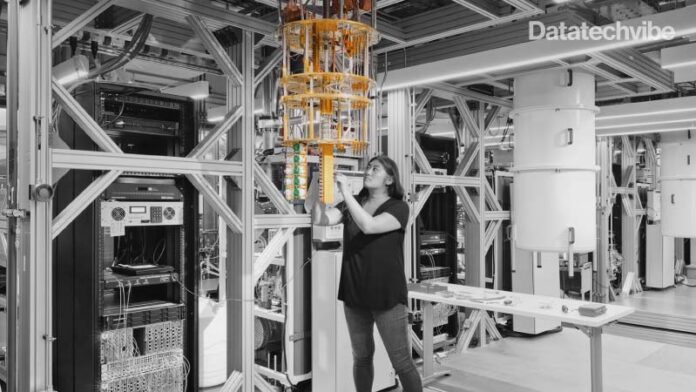IBM announced the expansion of its roadmap for achieving large-scale, practical quantum computing.
This roadmap details new modular architectures and networking plans that will allow IBM quantum systems to have larger qubit counts, up to hundreds of thousands of qubits. To enable them with the speed and quality necessary for practical quantum computing, IBM plans to continue building an increasingly intelligent software orchestration layer to distribute workloads and abstract away infrastructure challenges efficiently.
“In just two years, our team has made incredible progress on our existing quantum roadmap. Executing on our vision has given us clear visibility into the future of quantum and what it will take to get us to the practical quantum computing era. With our Qiskit Runtime platform and the advances in hardware, software, and theory goals outlined in our roadmap, we intend to usher in an era of quantum-centric supercomputers that will open up large and powerful computational spaces for our developer community, partners and clients,” said Darío Gil, Senior Vice President, Director of Research, IBM.
In 2023, IBM will progress toward building a frictionless development experience with Qiskit Runtime and workflows constructed right in the cloud to bring a serverless approach into the core quantum software stack and give developers advanced simplicity and flexibility. This serverless approach will also be critical in achieving the intelligent and efficient distribution of problems across quantum and classical systems. On the hardware front, IBM intends to introduce IBM Condor, the world’s first universal quantum processor with over 1,000 qubits.
Quantum Serverless will lay the groundwork for core functionality within IBM’s software stack to intelligently trade-off and switch between elastic classical and quantum resources, forming the fabric of quantum-centric supercomputing. The new systems targeted on IBM’s expanded quantum roadmap will be designed to work within IBM Quantum System Two. Integrating modularity and flexibility into every layer of the technology stack, IBM Quantum System Two will offer the infrastructure needed to link together multiple quantum processors successfully. A prototype of this system is targeted to be up and running in 2023.









